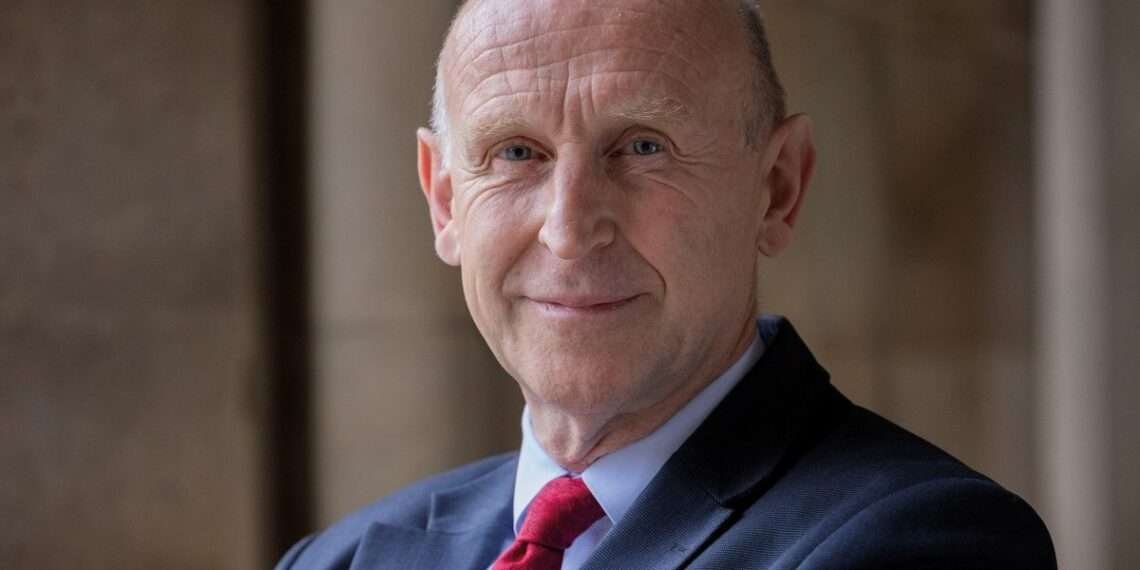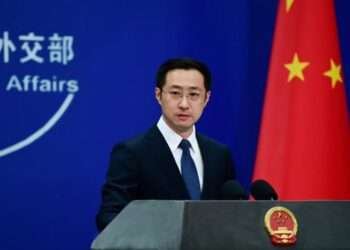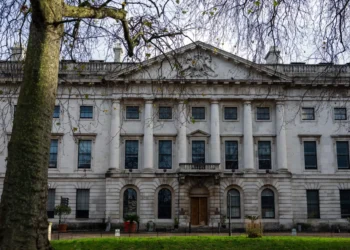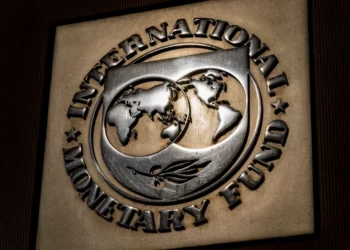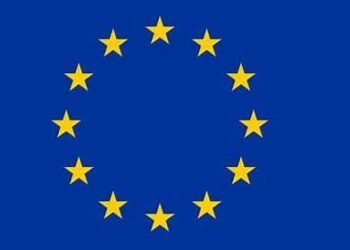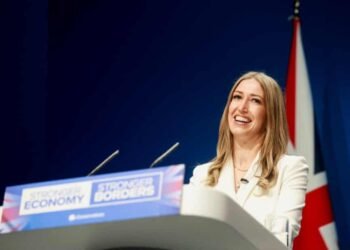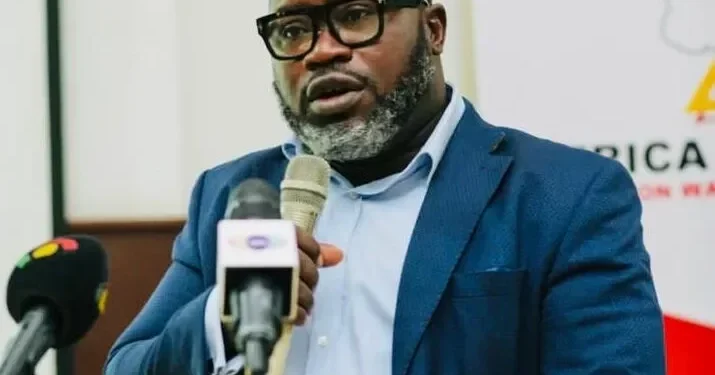Plans to bolster the size of the British Army in response to growing global threats will be put on hold until after the next general election, according to UK Defence Secretary John Healey.
Although Healey had aimed to increase troop numbers above the current target of 73,000, he now admits it could take years before any recruitment campaign materializes. Speaking in a televised interview, he acknowledged that reversing current trends in recruitment and retention would be a necessary first step before any meaningful expansion could take place.
The British Army is currently facing its lowest numbers in over three centuries, with recent data showing a sharp decline. The number of full-time trained personnel now stands at 70,860, falling short of the already modest target.
He blamed the Conservative-led governments for consistently “missed targets in every year, in every service.”
While Labour has been vocal about its defence ambitions, including the potential deployment of peacekeeping troops in Ukraine, Healey admitted his party has yet to shift the trend. “We’ve still got more people leaving than joining,” he said.
Recruitment Lags Behind Defence Demands
The Defence Secretary stressed that his priority is to stabilize the force size before any increase. “The first job is to reverse that trend, and then I want to see in the next parliament our ability to start to increase the number,” he said, signalling that no growth would likely occur before 2029.
Healey had been pushing to raise the troop ceiling to 76,000 — a move that could cost as much as £2.5 billion. However, his latest comments suggest that this ambition has been postponed, at least for now.
The delay may also complicate future British commitments abroad. A possible Anglo-French-led “reassurance force” in Ukraine is being considered as part of any future peace deal. Such a mission could require up to 30,000 troops overall, with Britain contributing a full brigade. That contribution would demand a larger pool of personnel to support rotation and sustain deployment.
In the meantime, Healey said the government would focus on improving conditions for those already serving. This includes a 4.5% pay rise for most military ranks and a £1.5 billion investment to overhaul service accommodation. Some of the funds will go towards emergency repairs on the 1,000 worst military homes.
The strategic review, which will be published Monday, underscores what officials are calling “a new era of threat.” This includes an emboldened Russia, a more assertive China, and emerging risks from technology like drones and artificial intelligence being exploited by hostile actors.
Despite these warnings, the review is not expected to propose new spending commitments beyond those outlined by Prime Minister Keir Starmer earlier this year. In February, Starmer pledged to raise defence spending to 2.5% of GDP by 2027, up from the current 2.33% of GDP. He also announced plans to further increase it to 3% during the next parliament.
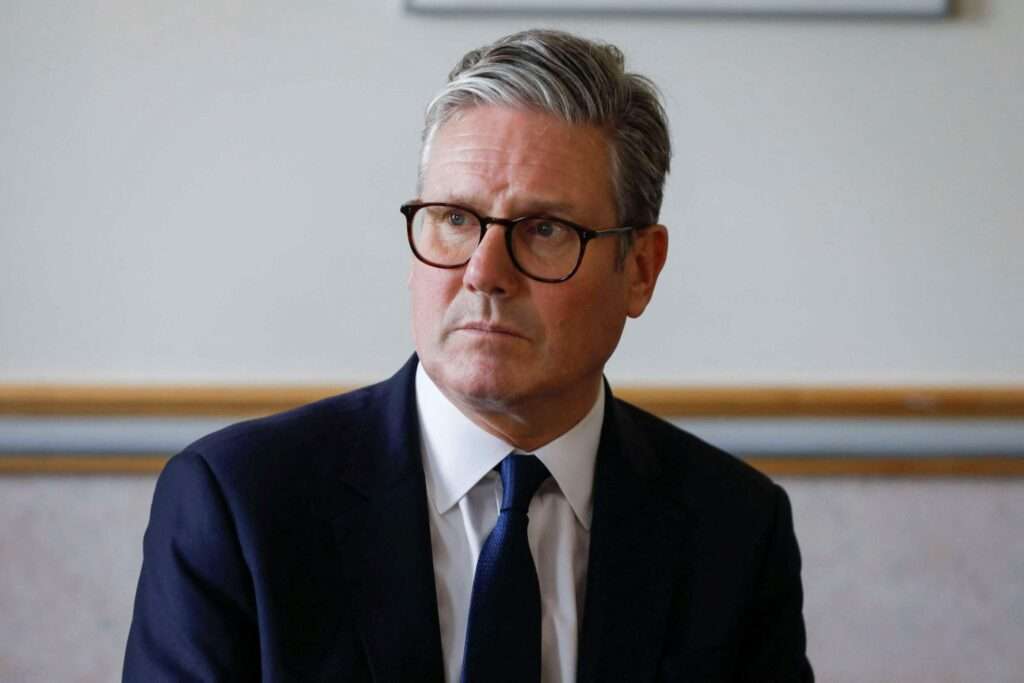
Long-term defence spending will be a major topic at the NATO leaders’ summit set for later this June. Alliance Secretary General Mark Rutte has proposed that member states aim for a defence spending target of 5% of GDP by 2032. Under this proposal, 3.5% would be dedicated to traditional military expenditures, while the remainder would go toward cyber capabilities and infrastructure development.
As global tensions rise and new technologies reshape the battlefield, the delay in expanding Britain’s army may become a central point of debate in the years ahead.
READ ALSO: GCAA Extends Operating Hours at Kumasi, Tamale Airports



